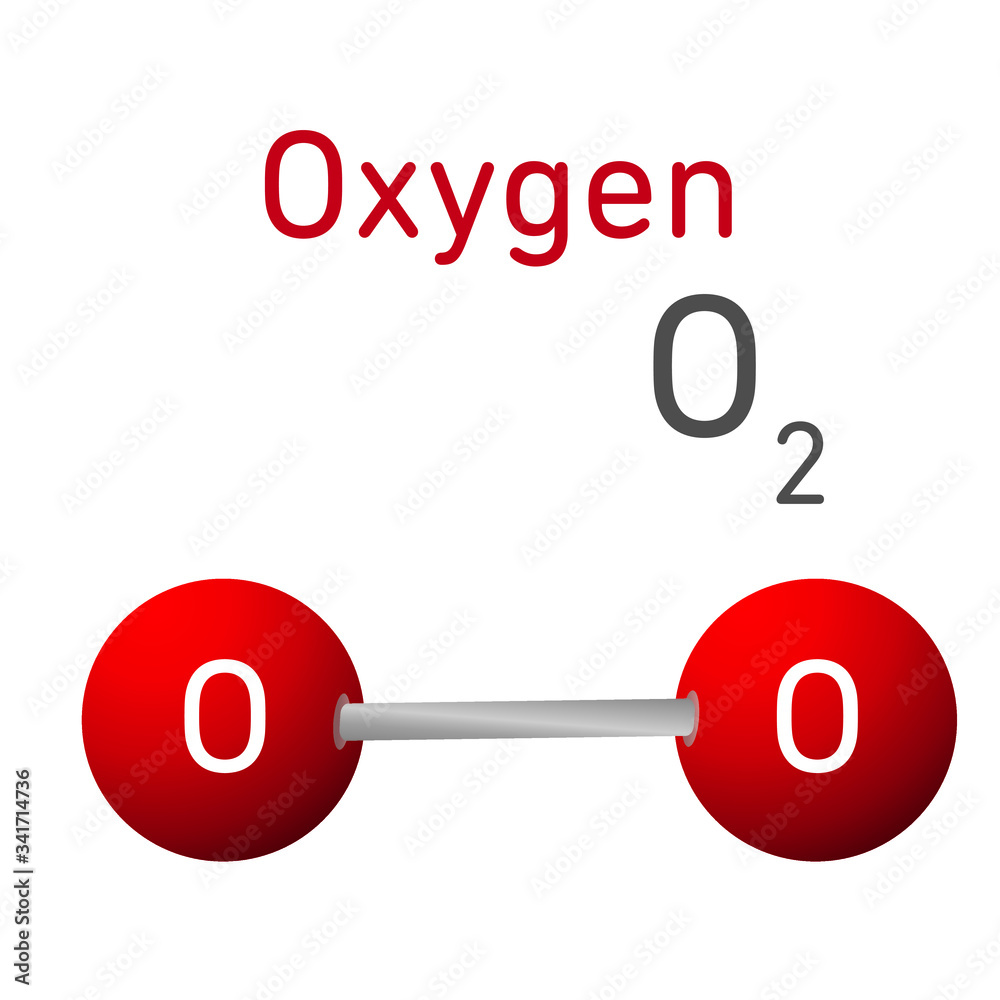In the intricate dance of automotive engineering, every component plays a role, much like instruments in an orchestra. The oxygen (O2) sensor plays a pivotal part in this symphony, monitoring the levels of oxygen in the exhaust gases and relaying critical information to the engine control unit. When this diminutive yet vital sensor falters, it can set off a cascade of issues, culminating in something as disconcerting as an engine misfire.
Imagine the O2 sensor as a skilled conductor, assessing each section’s performance to ensure harmony. Its ability to gauge the oxygen content allows it to influence the engine’s air-fuel mixture dynamically. However, when this conductor loses its ability to interpret the notes correctly, the entire performance can go awry. The result is a distortion in the engine’s combustion process, akin to a symphony plagued by discordant notes.
So, how does a malfunctioning O2 sensor lead to an engine misfire? First, it’s essential to understand the role of oxygen in combustion. An optimal combustion process relies on a fine balance between air and fuel, much like a delicate recipe requires exact measurements to yield a delicious dish. The O2 sensor continuously monitors this balance, sending real-time data to the engine control unit. If the sensor provides erroneous information—due to faults such as contamination, wear, or damage—the engine may receive incorrect signals about the oxygen levels in the exhaust.
As if a seasoned chef were misled about ingredient availability, the engine may either run too rich (excess fuel) or too lean (insufficient fuel). Both scenarios can cause performance-related issues, particularly misfires. Running rich can result in incomplete combustion, producing a rough idle and a noticeable lack of power; running lean, conversely, can lead to overheating components, increased emissions, and the dreaded misfire, where cylinders fail to ignite at the right time.
The O2 sensor operates primarily in two distinct modes: the narrowband and wideband sensors. The narrowband sensors, the more traditional variety, can only indicate whether the mixture is rich or lean, like a simple warning light on a dashboard. Wideband sensors, however, provide a more extensive range and can accurately measure the air-fuel ratio, making them akin to a full-blown diagnostic tool capable of fine-tuning the engine’s performance. When one of these sensors malfunctions, it can lead to a cascade of symptoms, starting subtly and escalating into catastrophic engine performance issues.
Consider the following: if you’ve noticed stuttering during acceleration or occasional jerks while driving, the O2 sensor might be the culprit behind this erratic behavior. A failing sensor might not trigger your check engine light immediately, so it’s crucial to pay attention to performance metrics. Imagine driving in fog with only a faint beam from your headlights—the clarity you need to navigate is compromised, and the results can be alarming.
Furthermore, the consequences of an O2 sensor issue extend beyond engine performance. Failing to address a malfunctioning sensor can lead to increased fuel consumption, akin to a thirstier traveler guzzling water on a hot day. Additionally, the vehicle may produce higher levels of harmful emissions, as the O2 sensor’s compromised readings lead the engine to operate inefficiently, contributing to environmental harm. The ticking clock of time becomes a significant aspect here; delaying necessary repairs can lead to more extensive damage and higher repair costs in the end.
When diagnosing a faulty O2 sensor, one must consider the often overlooked symptoms. A rough idle, decreased fuel economy, and the infamous check engine light are just the tip of the iceberg. Performing a visual inspection is the first step, seeking out damage like frayed wiring or corrosion around the sensor. However, a digital scanner is an invaluable ally in this quest—providing you insight into fault codes that illuminate the way to the sensor’s true condition.
Once diagnosed, the question arises—how can we remedy this situation? Replacing an O2 sensor is generally a straightforward affair, but choosing the right part is essential. With a market full of aftermarket options, do extensive research and lean toward reputable brands that ensure longevity. After replacement, a reset of the vehicle’s computer may be required, a gesture akin to restarting a computer to ensure new settings take effect.
Consistency in maintenance also plays a crucial role in prolonging the life of your O2 sensor. Regularly replace your engine air filter, schedule oil changes, and monitor fuel quality—all ingredients in the recipe for a healthy engine. By cultivating a proactive approach, you not only tend to the sensor but contribute to overall vehicle longevity, protecting your investment from the pitfalls of neglect.
In conclusion, the oxygen sensor is not a mere accessory; it is the heart of a finely tuned engine. When it falters, the ramifications can manifest as misfires, reduced efficiency, and even environmental degradation. By understanding the intricacies of O2 sensor functions and the potential issues that may arise, vehicle owners can navigate the complex world of automotive care with confidence. Like a well-rehearsed symphony, each component must function in unison, delivering a smooth and enjoyable driving experience. So, listen closely to your vehicle, for it might just be whispering the secrets of its needs.
